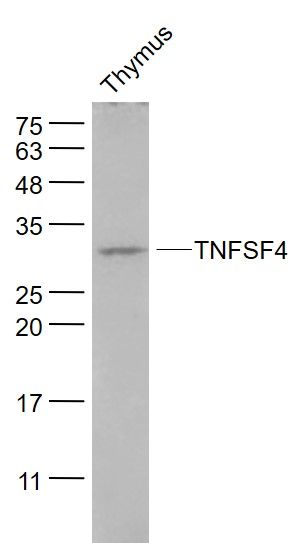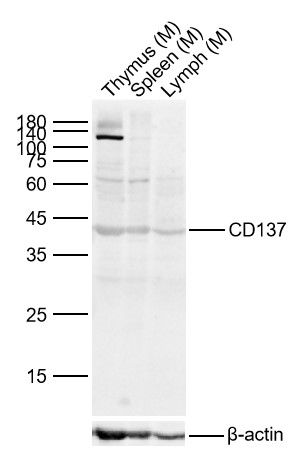Specific References (3) | SL2449R has been referenced in 3 publications.
[IF=8.38] Daquinag, A. C., et al. "Depletion of white adipocyte progenitors induces beige adipocyte differentiation and suppresses obesity development." Cell Death & Differentiation (2014). Mouse.
[IF=3.743] Lei W et al. Phthalides, senkyunolide A and ligustilide, show immunomodulatory effect in improvingatherosclerosis, through inhibiting AP-1 and NF-κB expression. Biomed Pharmacother. 2019 Jun 6;117:109074. WB ; Mouse.
[IF=3.79] Claycombe, Kate J., et al. "Decreased beige adipocyte number and mitochondrial respiration coincide with increased histone methyl transferase (9Ga) and reduced FGF21 gene expression in Sprague Dawley rats fed prenatal low protein and postnatal high fat diets." The Journal of Nutritional Biochemistry (2016). FCM ; Rat.

